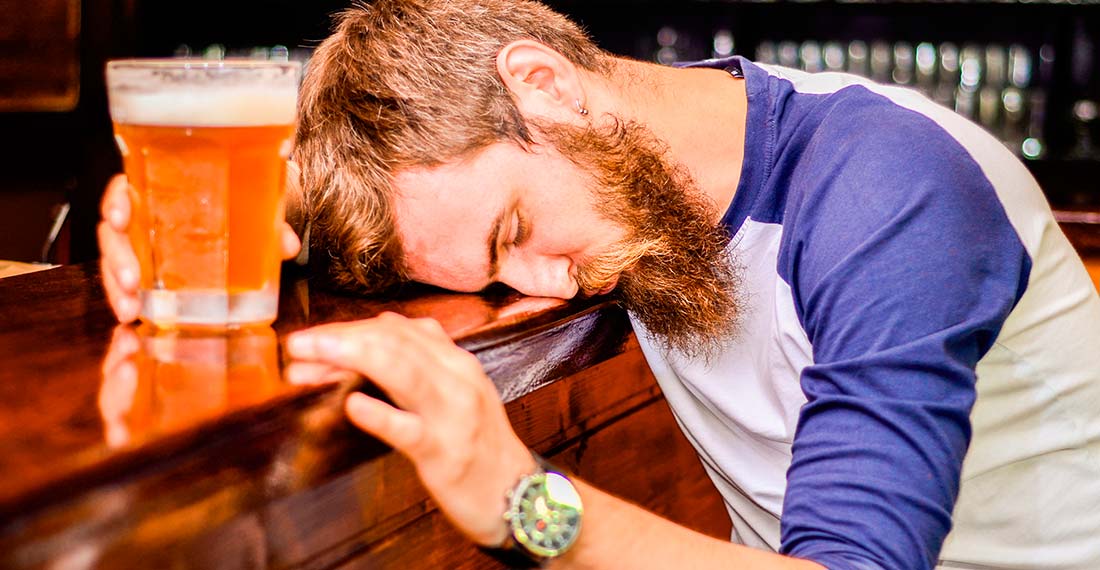
Secrecy is a common trait of alcoholics. It is difficult to recognize that a person is dependent on a pathological craving for alcohol without knowing about the symptoms that usually appear in addicts. It is useful for everyone to know about the signs of alcoholism in order to detect it in time for themselves or a loved one.
Dependence on ethyl alcohol is a chronic and irreversibly progressive mental disorder. The speed of its development depends on:
The disease develops in three stages.
Some researchers also distinguish a zero, prodromal stage, when the craving for alcohol does not yet have a pathological character, but a person already chooses leisure time associated with alcohol consumption. The development of addiction at the border stage occurs due to the regularity of consumption, not the amount of alcohol. Since there is no dependence and increased tolerance to ethanol yet, a person is not able to drink too much: he usually starts vomiting.
On average, an addict goes from the first to the last stage in a few years. Adolescents and women face a rapidly progressive form of the disease.
Timely diagnosis helps to cope with the disease faster, avoiding somatic and mental complications. But at the first stage of alcoholism, it is extremely difficult to notice clinical manifestations: a person retains a decent appearance, can go to work, take care of his future and reputation.
You can detect pathology by constantly searching for reasons to drink: any joyful or sad event is perceived by them as a weighty reason to drink alcohol. Narcologists note the frequent (in 50-60% of cases) appearance of Zavilyansky syndrome, against which a person during a conversation about alcohol:
The syndrome is a mimic-taste reflex by which one can recognize a person's true attitude to alcohol, even if he claims that he does not like alcohol and never drinks.
Alcohol consumption in the first stage is regular: at first he drinks once a week, for example, on weekends. When any obstacles appear on the way to getting a dose of alcohol, he feels irritated and frustrated. Later, the number of cases of ethanol intake increases, and reaches 3-4 days a week.
At this stage, the patient still retains control over himself and can maintain the appearance of the absence of a problem. He may perceive himself as a connoisseur of alcohol, begin to understand wine and other beverages.
When a person is able to drink alcohol for several days, he develops binge drinking. At this stage, alcohol ceases to bring pleasure to the patient, and he is forced to drink more and more often than to feel a strong intoxication.
A true binge is characterized by the inability to stop drinking. A few hours after drinking alcohol, a hangover begins, accompanied by:
To stop unpleasant symptoms, a person drinks a new portion of alcohol, aggravating addiction and increasing the risk of dangerous complications.
Thus, it is possible to recognize alcoholism at the second stage by the following physical signs:

The behavior of a person in a state of intoxication changes: he becomes more aggressive, sexually promiscuous. After sobering up, he often has blackouts in his memory.
Due to the pronounced deterioration of health and physical inability to give up alcohol, he begins to realize that he has a problem. However, he cannot cope with the problem himself.
The reputation of a drinker is constantly deteriorating: because of binge drinking, he begins to miss work, get into debt, quarrel with loved ones. Addiction displaces other values and priorities from a person's consciousness, so he completely subordinates life to a bad habit.
The terminal stage of alcohol dependence occurs 10-15 years after the development of addiction. A psychological craving is added to the physical craving for alcohol: a person gets used to the lifestyle of an alcoholic, and his willpower is not enough to give up a bad habit and return to sobriety.
At this stage, a person cannot live without alcohol. Reputation, interpersonal relationships, health and life become insignificant factors for him, since the pathological attraction to alcohol completely occupies his life.
Unlike the previous stage, he is no longer able to drink a lot: tolerance to alcohol is rapidly falling, so the addict is able to get drunk even after one glass of alcohol.
His character changes: he becomes indifferent, apathetic, his thinking is slow, and his attention is scattered. He is easily influenced by others and can commit any actions to gain access to alcohol, even commit a crime.
Diagnosis of an alcoholic at the third stage is not difficult even for a person far from the world of medicine and narcology. The patient has a set of specific external features by which it is easy to recognize an ethyl addict:
The patient's speech becomes slow, he hardly pronounces words, makes long pauses. Narcologists and psychologists working with addicts talk about the complete disintegration of personality. With long-term treatment, including the restoration of physical health and psychological rehabilitation, the patient can be helped to partially restore personality and social skills, but more often they turn out to be from treatment and quickly die due to health problems or as a result of an accident.
In most cases, alcoholism proceeds in a classical form over three stages. The specific symptoms, duration of each stage and other features of the course of the disease may differ, but narcologists distinguish several forms of dependence that are often found in medical practice.
Regardless of how the disease manifests itself, the patient needs narcological help.
Self-medication is an ineffective and dangerous measure. Without diagnostics, individually selected medications and psychological rehabilitation with the participation of specialists, it is impossible to perform effective treatment of alcoholism, which will lead to persistent remission.
If you find characteristic manifestations of alcohol addiction, you need to contact a narcologist who:
A narcologist's consultation can be obtained only in a clinic with a state-issued license. The Premium Clinic Rehabilitation Center has a 24-hour hotline at 8 800 555-14-67.
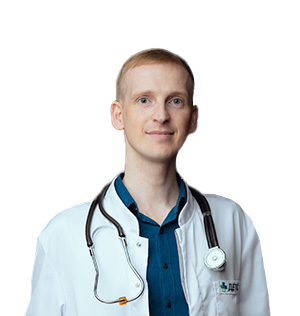
Стаж работы 16 Лет
Дата проверки: 5 Сентября 2025

Отеки после алкоголя: причины и устранение проблемы
Какими бы ни были причины отечности, она является характерным сигналом...
21.01.2021
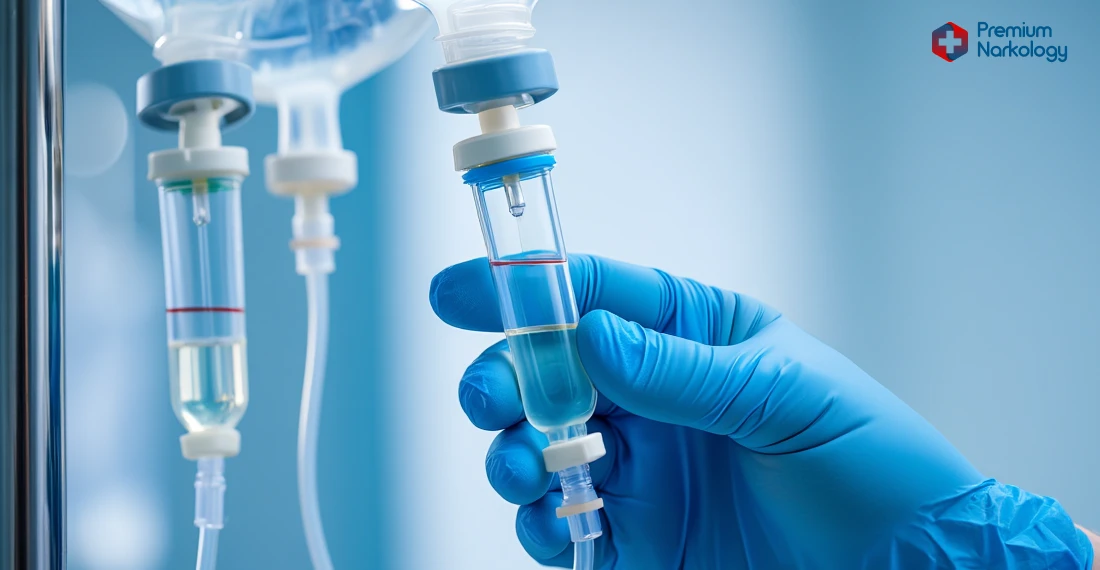

Запой: механизм развития, причины, симптомы, лечение
Запой – продолжительный прием спиртного в течение нескольких дней. По...
24.03.2021
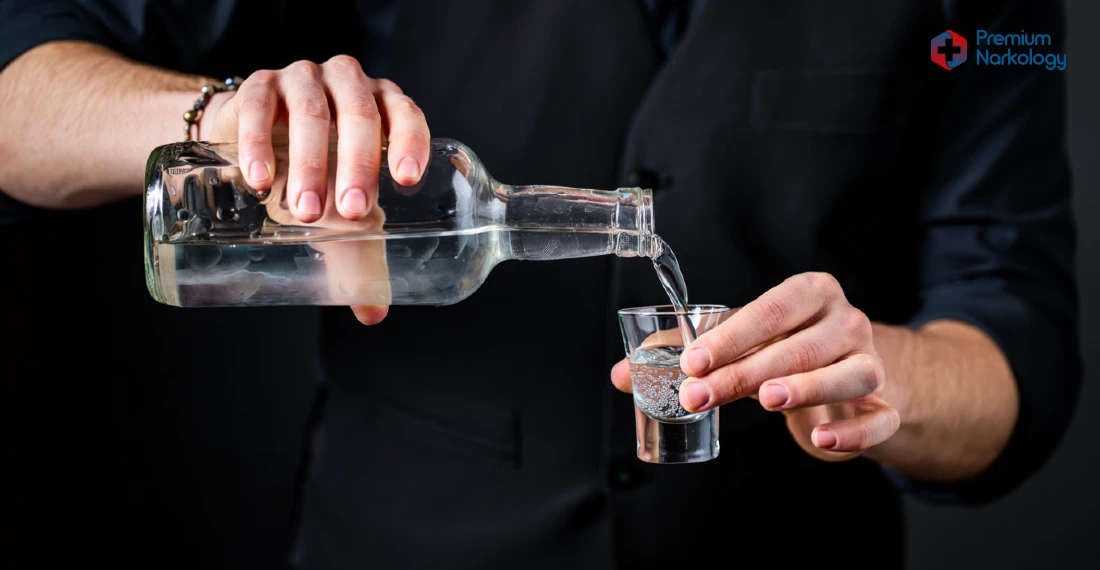
Алкоголизм: причины развития, признаки, лечение
Алкоголизм – заболевание, при котором формируется стойкая психологическая, физиологическая зависимость...
24.03.2021

Какие таблетки от похмелья самые эффективные?
Что помогает при похмелье? Эффективных и доступных способов достаточно, и бороться...
06.05.2021
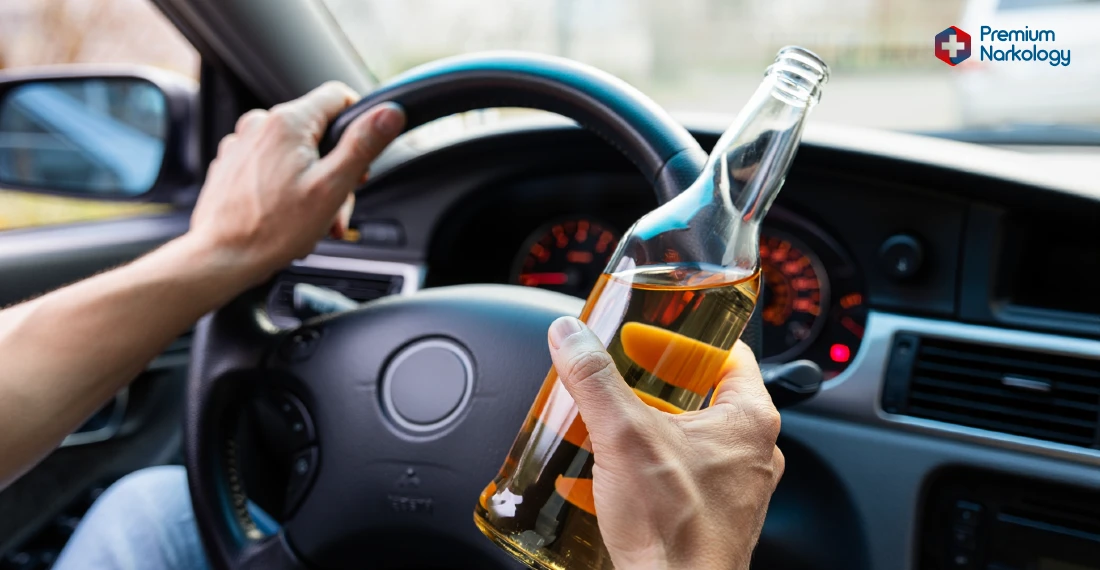
Через сколько времени после алкоголя можно за руль, какие факторы на это влияют
Ежегодно в России происходят сотни дорожных аварий по вине пьяных...
07.06.2021

Проблема алкоголизма в России
Алкоголизм в России стал широко распространенным заболеванием: пьющих людей легко...
15.07.2021

Как уснуть с похмелья: методы эффективной борьбы с этим критическим состоянием
Похмелье - мучительное состояние, одно из ярких проявлений сильной алкогольной...
31.08.2021

